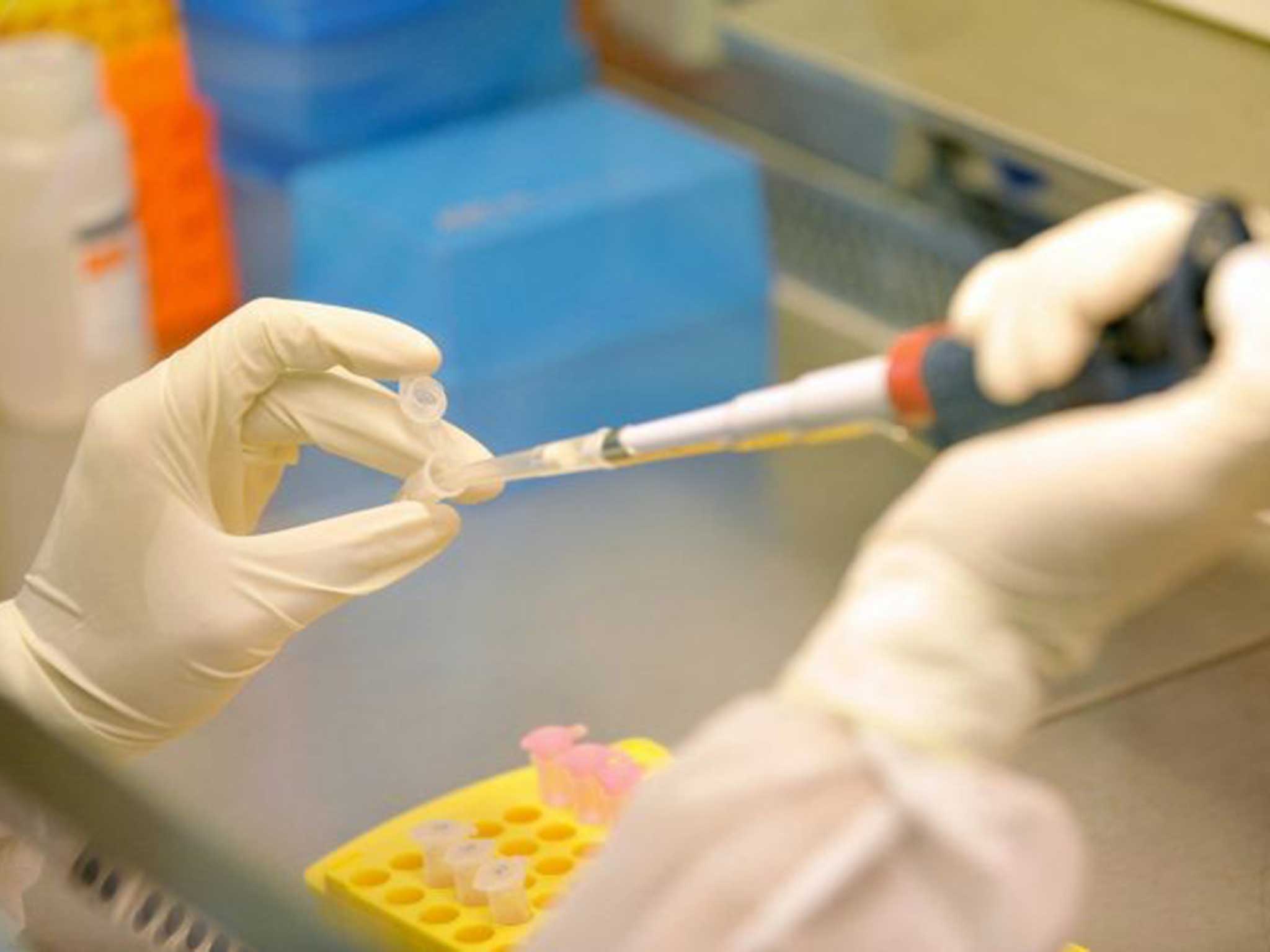Think animal testing isn't a problem? The government has said these horrifying procedures are "moderate"
"Severe" procedures can include irradiation or chemotherapy with a lethal dose, deliberately breeding animals to have painful genetic disorders and increasingly poisoning animals with toxic substances until they die


Your support helps us to tell the story
From reproductive rights to climate change to Big Tech, The Independent is on the ground when the story is developing. Whether it's investigating the financials of Elon Musk's pro-Trump PAC or producing our latest documentary, 'The A Word', which shines a light on the American women fighting for reproductive rights, we know how important it is to parse out the facts from the messaging.
At such a critical moment in US history, we need reporters on the ground. Your donation allows us to keep sending journalists to speak to both sides of the story.
The Independent is trusted by Americans across the entire political spectrum. And unlike many other quality news outlets, we choose not to lock Americans out of our reporting and analysis with paywalls. We believe quality journalism should be available to everyone, paid for by those who can afford it.
Your support makes all the difference.If a nation's moral progress "can be judged by the way its animals are treated", to quote Mohandas Gandhi, then every year when the Home Office releases its "Annual Statistics of Scientific Procedures on Living Animals", Britain has another opportunity to take stock of its morality.
The figures for 2014, which were released this week, paint a damning picture. According to the new report, cats, dogs, monkeys and other animals were used in more than 3.87 million scientific procedures in the UK. While even one experiment on animals is one too many, these figures confirm that the government and the scientific community are way beyond reach of the European goal to replace animals in experiments.
And this isn't just about wrapping our heads around the number of animals locked inside laboratories, deprived of nearly everything that makes life worth living and killed. It's also about ensuring that the scientific community isn't wasting precious time, resources and both human and animal lives by clinging to the outdated animal "model" as the gold standard of research.
Although animals have the same capacity to feel pain and fear as humans do, our physiology is vastly different, and results from animal studies are rarely relevant to human health. It's bad science to continue to torment animals in laboratories when non-animal research methods, such as organs-on-chips, supersede animal use.
Statistics can never reveal the full extent of the misery endured by each and every one of the individuals who are poisoned, cut open or infected with diseases, but this year's report does give us a somewhat clearer picture. For the first time, the Home Office released data on the actual severity of the experimental procedures. Animals were subjected to a staggering 1.9 million "mild" procedures, approximately 557,000 "moderate" procedures and endured at least 184,000 "severe" procedures in the past year.
Yet the grading system is deeply flawed, as animals often hide their pain and distress. And the absurd categorisation of animal suffering shows a complete lack of compassion by both the experimenters and the regulators.
According to the 2014 Home Office guidance on scientific procedures on animals, procedures which are considered to cause only “moderate pain and distress” can include, for example, surgical procedures such as craniotomy (removing a portion of the skull), “chronic toxicity tests” as long as they do not result in death, and using “metabolic cages” to restrict an animal’s movement for up to 5 days. Meanwhile, "severe" procedures can include irradiation or chemotherapy with a lethal dose, deliberately breeding animals to have painful genetic disorders and increasingly poisoning animals with toxic substances until they die.
At the same time that it released its annual statistics, the Home Office confirmed that the proposed ban on testing finished household products on animals will soon come into effect. This may seem like good news, but it's not time to celebrate just yet.
Until the government also bans testing product ingredients on animals – as former Home Office Minister Lynne Featherstone promised to do in 2011 – animals may still die in cruel, painful and pointless tests.
The rest of Europe also needs to follow suit. Over 800 rats, mice, rabbits and other animals had chemicals applied to their skin, injected into their bodies, dripped into their eyes or forced down their throats in order to measure the toxicity of household products in 2011. These tests can cause vomiting, tremors, organ failure, paralysis and death. Even if the animals survive the tests, they're killed at the end of the experiment.
We already know that we shouldn't swallow floor cleaner or put it in our eyes – we don't need to force chemicals down animals' throats or into their eyes in order to verify that.
Countries such as India and Israel have ended animal testing for household products and their ingredients, and it's time for all of Europe to do the same. Laboratories across the UK must update their research methods to replace animals with the superior technology already available. Until the Home Office can report that no animals were used in experiments, we're just taking baby steps, which is not nearly good enough.
Julia Baines is a science policy advisor to PETA
Join our commenting forum
Join thought-provoking conversations, follow other Independent readers and see their replies
Comments